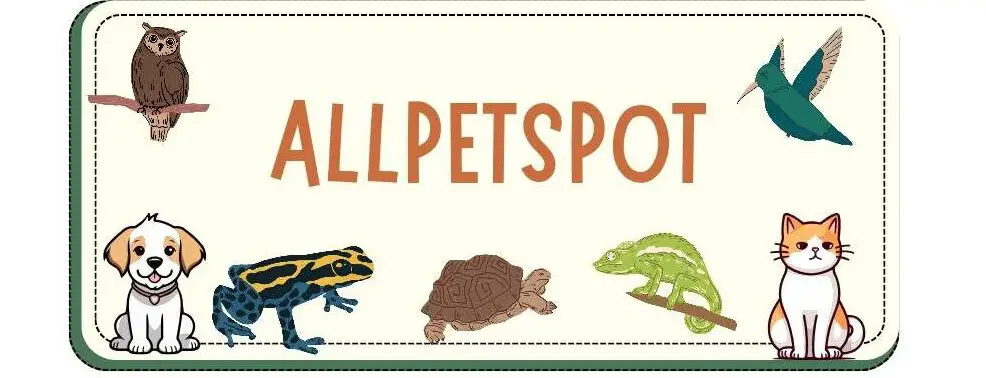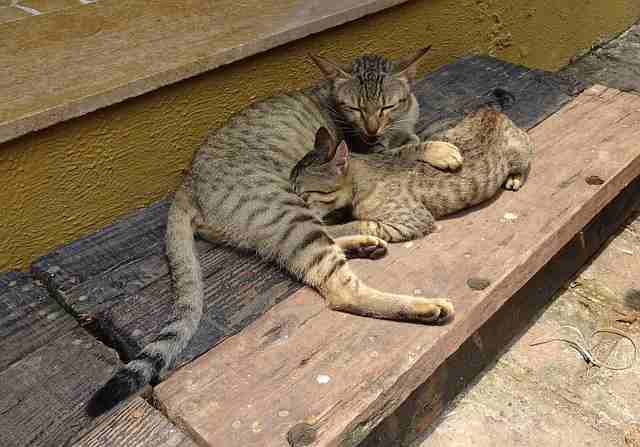People ask how big can Bengal cats get a lot in forums and groups, and today we will look at what should be the final size of a Bengal cat.
We will also look at what factors could influence their growth rate and final size and weight.
We will discuss some common practices to keep your Bengal cat safe, happy, and healthy. So let’s rock and roll.
Generally, Bengal cats are large powerful breeds of cats, that look aggressive but not really aggressive because they are a non-aggressive breed.
So many factors influence how aggressive the Bengal cat grow to become, some of which are;
- Abuse
- Separation Anxiety
- Lack of proper socialization
- Lack of obedience training and more.
So let’s now look at how big can Bengal cats get, factors that influence their growth, and more.
Find out more about: Are Bengal Cats Good Pets: A Honest Overview.
How big can Bengal cats get
Generally, a healthy and properly fed Bengal cat should weigh around 8 – 15 pounds (3.63 – 6.80 kg), in a comfortable cat environment, a full-grown and well-fed Bengal cat should grow between 14 -18 inches (36-46 cm) tall in body length.
Now we have given you an overview of the weight and height lets now break it down for better understanding.
Note that no matter the feeding level the final size of a male Bengal cat is always better and bigger than that of the female Bengal cat.
Bengal cat weight kg
A well-fed male Bengal cat should on average weigh around 8 – 15 pounds (3.63 – 6.80 kg) or more.
While a healthy and well-fed female Bengal cat should on average weigh around 8 – 13 pounds (3.63 – 5.90 kg) or more.
Height of a Bengal cat
A healthy and full-grown male Bengal cat should grow up to a height of 8 – 10 inches (20 – 25 cm) or more.
While a full-grown and healthy female Bengal cat should grow up to a height of 7 – 9 inches (17.78 – 22.86 cm) or more.
Bengal cat body length
A full-grown male Bengal cat should have a body length of about 14 -18 inches (36-46 cm) or more.
While a full-grown female Bengal cat should have a body length of about 14 -16.5 inches (36 – 41.91 cm) or more.
Now we are clear with what should be the final weight, height and body length of both male and female Bengal cat, lets move to factors that might influence their growth.
Factors that influence the growth of a Bengal cat
Here are some common factors that might influence the final growth of a Bengal cat or might retard their growth rate;
The runt of the litter
You may wonder what is the runt of the litter, i will explain, so read on.
In a group of litters (siblings from the same mother) a runt is a member which is significantly smaller or weaker than the others.
Now because of its small size, a runt in a litter face obvious disadvantage, including difficulties in competing with its siblings for survival and possible rejection by its mother.
So if the Bengal cat you bought is the runt of the litter you should expect to see a slower growth rate than other members of the litter.
Most times it takes longer time for the runt to meet up, and will always require personal attention with high quality food.
Diseases
This is always a clear reason why your Bengal cat is not growing as it supposes to or why the final growth is affected.
Here are some common health challenges associated with the Bengal cat that may influence the growth rate;
- Patellar luxation
- Hypertrophic cardiomyopathy
- Hip dysplasia
- Distal neuropathy
- Flat-chested kitten syndrome.
Most of these diseases can be addressed by early detection, therefore you should always see your vet or go for regular medical check-ups.
Parasites, Infection, and worms
This is a serious reason why your Bengal cat is not showing significant increase in growth.
There are lots of parasites that can attack your Bengal cat especially if you keep an outdoor cat.
Examples are as follows;
- Ticks
- Fleas
- Lice
- Hook worms
- Bacteria pathogens and more.
Here is a detailed guideline on how your Bengal cat or other cats may get bacterial pathogens or the symptoms;
- How Do Cats Get Bacterial Infections: 12 Ways To Look Out For.
- 11 Cat Stomach Problems Symptoms To Look Out For.
- 9 Symptoms of Bacteria Infection in Cats To Look Out For.
- How Do Indoor Cats Get Parasites: 10 Primary Ways To Note.
Diet and feeding pattern
This is the number one factor that will influence the growth of your Bengal cat.
Generally, the quality of food you feed your Bengal cat is directly proportional to its growth rate.
The best food for Bengal cats are the wet food or human food not kibbles that lack some of the required nutrients.
People result to kibbles because its cheaper not because it’s the best, you should always talk to your vet for the required food for your Bengal cat.
Environmental Factors
The environment contributes to the final growth of your Bengal cat in many ways.
The Bengal cat uses their noses to explore the ground and the air much more than we do, and groom themselves with their tongues.
That means they more easily ingest and absorb toxins like chemical lawn fertilizers, pesticides and insecticides, de-icing agents, and other chemicals.
All these goes a long way to affect their growth rate and probably final size.
Exercise
Adequate and appropriate exercise is a critical part of good health for our pets.
The Bengal cat is extremely energetic and spirited, which means a good source of exercise to stay fit and healthy.
Exercise helps in proper blood circulation throughout the system of the Bengal cat.
Remember the Bengal cat loves to jump and climb so try to provide enough exercise.
How to keep your Bengal cat happy
Here are some things to do to keep your cat happy;
- Weekly brushing
- Monthly bathing
- Regular Check-ups
- Make out play time
- Get a second pet
- Get lots of interactive toys
- Socialize your cat
- Provide clean water
- Provide high-quality cat food
Here are some interesting topics:
- Why Having Pets Is Beneficial To Mental Health.
- Why does a Cat Keep Coming To My House? – Reasons & Solutions.
- Why Female Cats Run Away From Home – 7 Top Reasons.
- Why Male Cats Run Away From Owners – 6 Top Reasons.
- 6 Most Effective Ways to train an outdoor cat to stay home.










